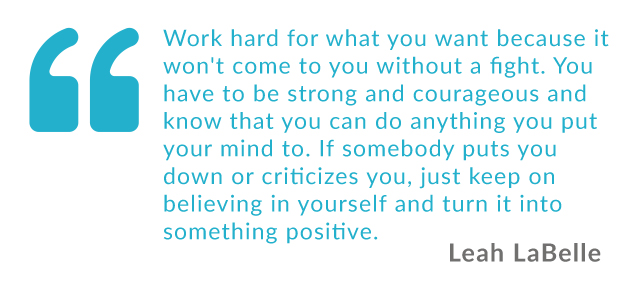1. What’s your vision?
As the business owner it’s your job to set the path for how you want your business to look, feel and be received. Spend time creating a clear vision of where you want to be in 3 years’ time – or 5 if that’s more comfortable – and make sure the vision is something which excites and inspires you.
The clearer your path and the more passionate you are about making your vision a reality, the better the chance your business will have of being a success. Remember to enjoy the journey!

2. Are you prepared for the tough times?
Going into business it’s human nature to focus on the positives, which you should absolutely continue to do. However, there will be times when you’re extremely busy, possibly with little financial reward. This is practically a certainty in the first few months. Add to this the inevitable customer complaints to deal with. Do you have the strength of character and positive mindset to get through?
All too often business owners blame everything or everyone else if their business fails, yet fail to see where the real problem lies – it’s looking right at them in the mirror!

3. Money, money, money
It doesn’t matter what business you’re in, the fact is you need to be turning a profit. It won’t necessarily happen straight away, so be prepared for that too.
Spend time setting out what your monthly or weekly running costs are. This will include your website costs, insurance, electricity, bookkeeper fees etc. You then need to work out how much you need to earn personally to make this worthwhile. Once you have worked out your cake pricing structure work out what percentage of the cake price is ingredient costs. It seems like a lot to work out, but it’s essential you work out these numbers. Then it’s a case of working out the weekly or monthly gross sales you need to achieve to be able to pay for the ingredient costs, running costs and importantly your pay.
Making more profit can be achieved in a number of ways. Working longer hours, reducing your ingredient or running costs, or – the one everyone avoids – putting your prices up. And the latter is infact the best way of all. I can’t believe it when people tell me that they are so busy they don’t have a minute to themselves and they are turning away orders, yet when I suggest putting their prices up they often reply ‘no I can’t do that I’ll lose all my customers’. If that’s you, how do you know?
At one stage, we had to put our prices up between 35 and 45 percent overnight, or we faced bankruptcy. Plain and simple, we had no choice, no more cards to play. It was scary and risky. But overnight we went from losing money every week, to making a significant net profit. We didn’t do it sooner because we had the same answer to the question above as you might have right now.

4. It’s not all about cakes
As the business owner you are responsible for everything that goes on in your business. You’ll need to quickly pick up marketing skills, financial practices, tax responsibilities, setting up and running efficient systems, and lots of other tasks that go hand in hand with running a business. There’s lots of help out there and you may know someone that can help, but just be aware that running your cake business will require you to jump outside your comfort zone from time to time.
If, like me, you came from employment – and specifically a big company – you probably had departments to deal with the cleaning, the wages, paying the bills, ordering the stationery, delivering your goods and all the other nitty gritty tasks. But now as a sole trader you are the head of each of these departments, and without anyone to delegate to.
Running a business is a big responsibility and you have to be adaptable in any number of circumstances, but like everything else practice makes perfect.

5. Create a 90 day plan
To fail to plan is to plan to fail. You should spend at least 3 hours a week working ON your business and not IN it. That’s to say taking time out of the day to day stuff of making cakes and taking orders and dealing with customers, just to spend time looking at your plan. Your plan goals need to be aligned with your vision, if they get out of alignment stop right there and get them back into alignment, otherwise you will be drifting off course.
Are you where you want to be? Where does this sit with the vision you had at the start? It’s ok to change the vision, but that needs a change of plan. Work with a rolling 90 day plan and celebrate your achievements along the way. And remember it only needs to be a hand-written piece of A4. Size doesn’t matter, but what you do with it does.
I always look at the 90 day plan as though I was the captain of a ship setting sail from Southampton to New York. The plan is the route and milestones along the way to reaching your destination – or in business terms, to achieving your vision. As with most plans things will change so you need to be capable of adapting to whatever comes your way, much in the same way as the captain might need to change course to avoid a storm. But if your vision or destination is clearly set out, then once the storm passes you re-set your route or plan to achieve your destination or vision.


